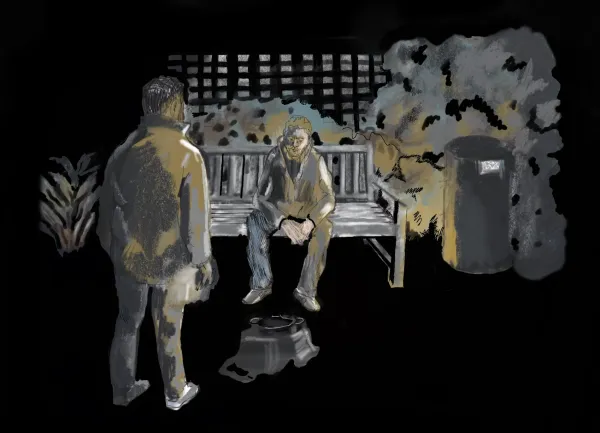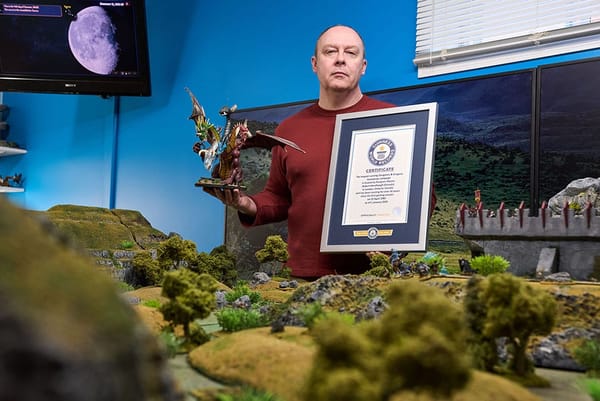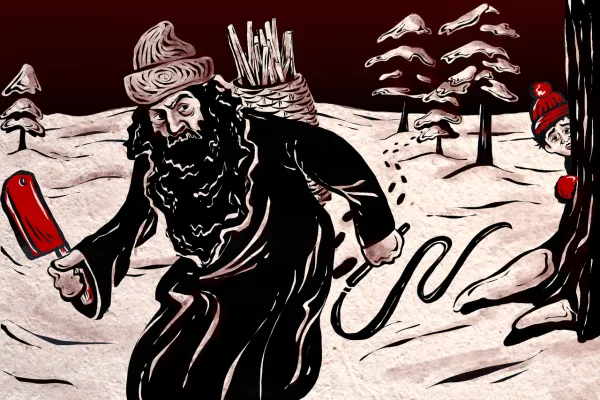Five months after Nagasaki the US staged a football game there
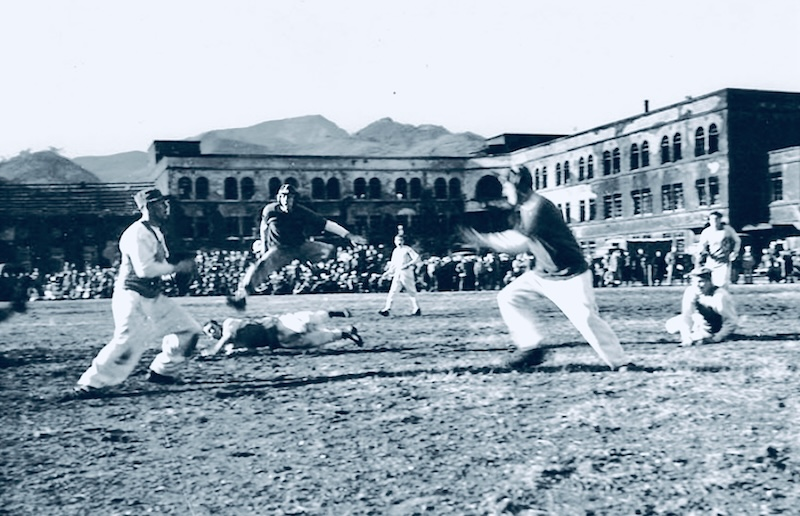
From LitHub: "One of the most disturbing sporting events in history took place on January 1, 1946, when the US military staged an all-star football game on a field in Nagasaki, Japan—less than five months after an atomic bomb killed over 70,000 in that city, nearly all of them civilians. The game, dubbed “The Atomic Bowl,” was played on the same day that college football bowl games were being played in the US. Today, nearly 80 years to the day after the bombings, the first vivid letters about the game and its aftermath, along with several previously unpublished images, have emerged from an unexpected source: William W. Watt, a revered English literature professor and poet whose work was for many years published in The New Yorker among other magazines. A top officer wrote a press release promising that the game would have a Marine band and Japanese girl cheerleaders. But they would have to play touch, not tackle, football because shards from the atomic blast still littered the field."
How the invention of the marine chronometer in the 18th century changed the world forever
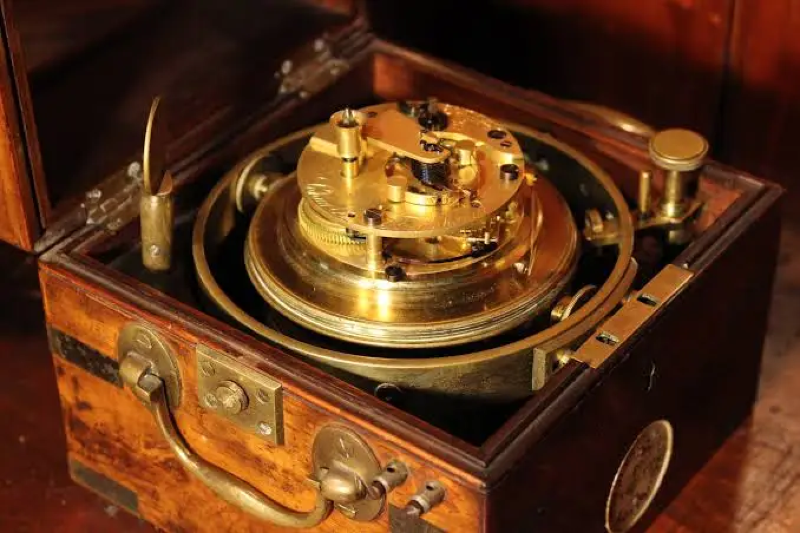
From Science Direct: "Until the eighteenth century, accurate offshore navigation was an impossible dream. There was no method or technology to determine longitude precisely in the open sea. The longitude puzzle was finally solved with the marine chronometer, one of the most important inventions of the era of the Industrial Revolution on a par with the steam engine. Solving the longitude puzzle] allowed not only safer but also more direct (and hence faster) passage across the oceans, resulting in greater intercontinental trade and the creation of new markets. These developments in turn caused massive shifts in population, significantly expanding the influence of some cultures while suppressing or even eradicating others. We used global data on climate, ship routes, urbanization and colonial history to investigate how the adoption of the marine chronometer reshaped transoceanic sea routes and the impact of these changes on the distribution of cities, population and European colonies across the globe."
Actor Kurt Russell used to play Ping Pong with Walt Disney when he was a teenager
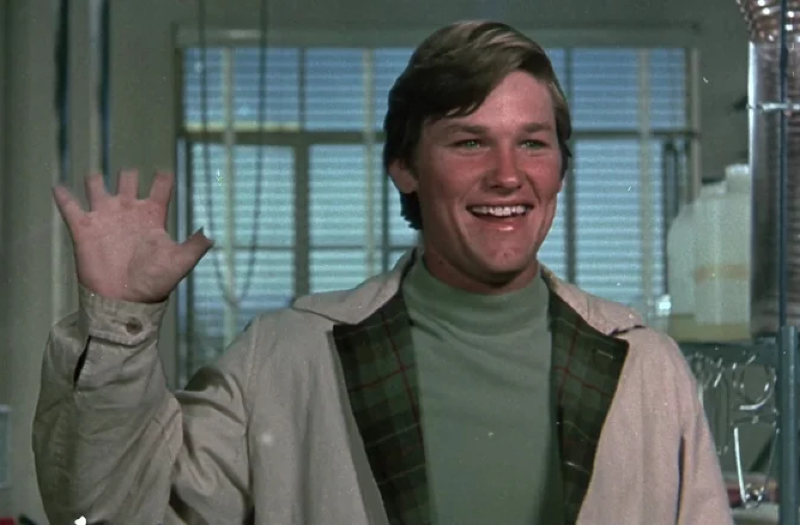
From SlashFilm: "Kurt Russell's first acting gig was in the 1963 Elvis Presley vehicle "It Happened at the World's Fair," wherein he played an unnamed young boy hired to kick Elvis in the shin. This early gig was parlayed into a successful career as a teen actor, and throughout the 1960s and 1970s, Russell appeared in multiple high-concept comedies for Disney. It wouldn't be until Robert Zemecki's 1980 comedy "Used Cars" that Russell would begin to shed his squeaky-clean teen image and begin appearing in more mature films. But those early days at Disney were formative for Russell. He recalled his conversations with Uncle Walt in a 1991 article with Entertainment Weekly, written to promote the then-upcoming firefighter drama "Backdraft." Russell said that he was allowed to be totally frank with Disney and that they would play a lot of table tennis. Russell also recalls a connection to Walt upon the mogul's death in 1966. It seems that Disney was thinking of Kurt on one of his last days in the office."
Hi everyone! Mathew Ingram here. I am able to continue writing this newsletter in part because of your financial help and support, which you can do either through my Patreon or by upgrading your subscription to a monthly contribution. I enjoy gathering all of these links and sharing them with you, but it does take time, and your support makes it possible for me to do that. I also write a weekly newsletter of technology analysis called The Torment Nexus.
In 1925 the Smithsonian Institution argued that the Wright Brothers were not the first to fly
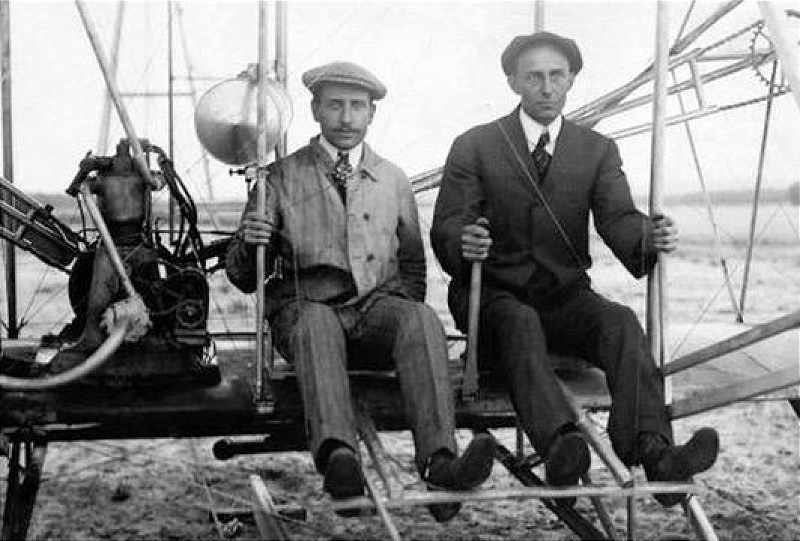
From Scientific American: "In the July 1925 issue of Scientific American, the editors reflect on Orville Wright’s decision to send the first power-driven, person-carrying aircraft to the British National Museum. If you’re not familiar with this historical scandal, here’s the gist: the Wright brothers are famous for making the first powered, controlled flight in 1903. But for decades the Smithsonian Institution tried to give that honor to Samuel Langley, its former secretary, whose own flying machine had crashed just days before the Wrights’ aircraft succeeded. In 1914 the Smithsonian’s director had Langley’s aircraft retrofitted to prove it could have flown — if only it hadn’t failed — and used that to award him the credit. The museum displayed the aircraft with a placard to that effect. Orville Wright was, understandably, displeased. In Scientific American’s July 1925 issue the editors say that the museum display is misleading and that Langley definitely did not beat the Wright brothers. The Smithsonian eventually removed the placard but didn’t get around to apologizing until 1942."
The official bird of Madison Wisconsin is the plastic flamingo in honor of a university prank
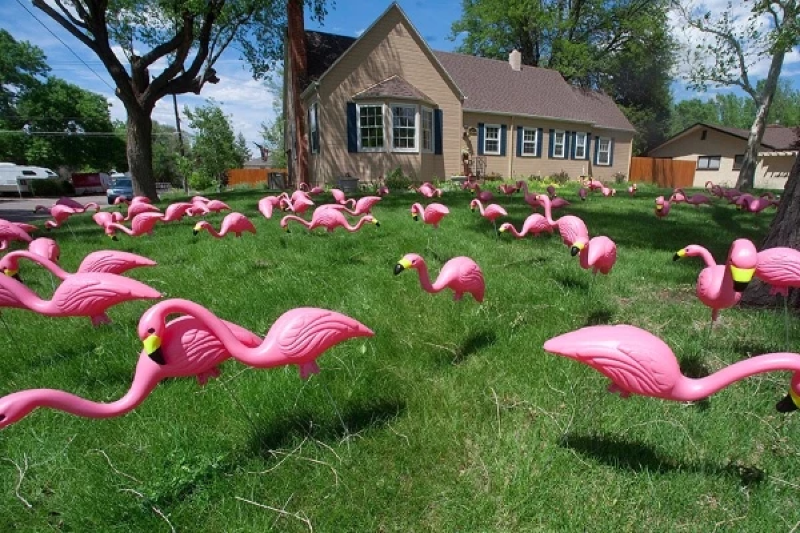
From Wikipedia: "Madison's official bird is the plastic flamingo, a type of lawn ornament. The city council adopted the plastic flamingo in 2009 following a campaign by a local newspaper columnist in reference to a 1979 prank by UW–Madison students who planted 1,008 plastic flamingos on Bascom Hill. The students – members of a group called the Pail and Shovel party, which ran UW’s student government at the time – planted more than 1,000 pink plastic flamingos on the grassy expanse near the dean’s office. (Interestingly, the student government’s president at the time was Jim Mallon, who went on to become executive producer of TV’s ‘Mystery Science Theater 3000.’) It was memorable enough to induce local newspaper columnist Doug Moe to use his column as a platform to lobby for the pink plastic flamingo’s designation as the city’s official bird. Council approved it 15-4. The flamingo appears in the logo of the city's professional soccer team, Forward Madison FC."
A playful dolphin joined this Dorset family for their morning swim

Acknowledgements: I find a lot of these links myself, but I also get some from other newsletters that I rely on as "serendipity engines," such as The Morning News from Rosecrans Baldwin and Andrew Womack, Jodi Ettenberg's Curious About Everything, Dan Lewis's Now I Know, Robert Cottrell and Caroline Crampton's The Browser, Clive Thompson's Linkfest, Noah Brier and Colin Nagy's Why Is This Interesting, Maria Popova's The Marginalian, Sheehan Quirke AKA The Cultural Tutor, the Smithsonian magazine, and JSTOR Daily. If you come across something interesting that you think should be included here, please feel free to email me at mathew @ mathewingram dot com
